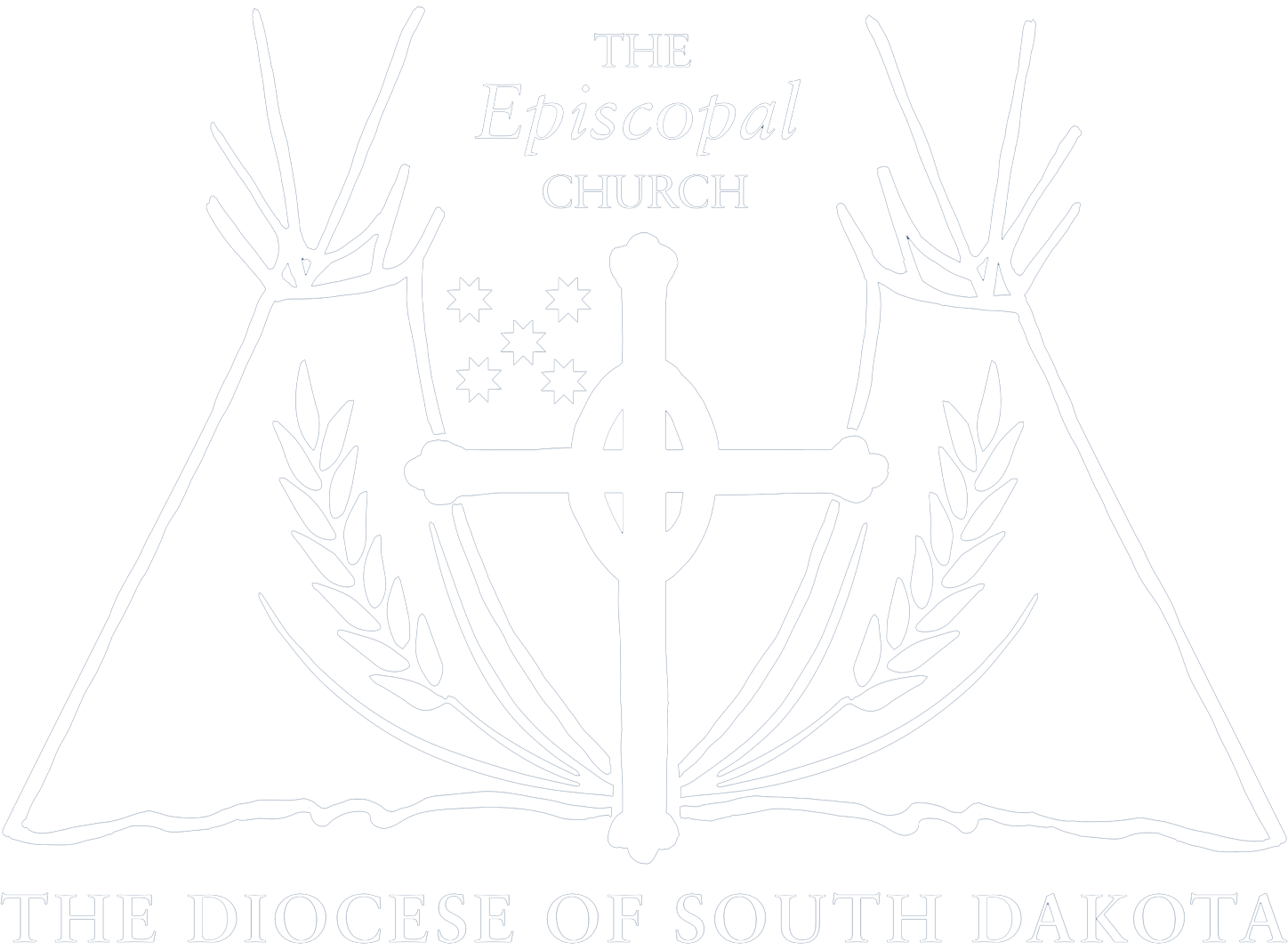Article and photos from the Times-Independent serving Moab and Southeast Utah
A historic church and its well have long filled gaps left by environmental injustice, but ministry leaders worry its aquifer, too, could come under threat
On a warm October morning, Norman Sam stopped by the St. Christopher’s Mission on his way home from the Bluff Senior Center, filling jugs of water at the church’s well. He chatted in Navajo with the property’s caretaker, Walter Shorty, reminiscing about how his grandmother used to travel from the neighboring reservation to visit the well, too.
“He’d rather have the water from here,” Shorty said, translating, “for ceremonies, for cooking … because it’s pure.”
The mission, part of the Episcopal Church in Navajoland, isn’t just a site for prayer and worship. It’s where Shorty was born, and where he learned to read and write. It’s a place for after school programs and vocational training. It hosts celebratory banquets and holiday potlucks. There’s a public garden and food pantry. And, at the heart of all that communal activity, is water.
“Water,” said the Rev. Leon Sampson, “is essential.”
Between 40 and 50 people stop by St. Christopher’s each day, Sampson said, filling bottles, old milk containers and truckloads of barrels. The church provides water from the pristine aquifer beneath it via the well to anyone who wants it without restriction.
“It has been an abundant ministry,” Sampson said.
South of the mission, on the other side of the San Juan River, residents of the Navajo Nation have long struggled to secure access to clean drinking water. The groundwater beneath the reservation is poisoned with uranium and arsenic pollution from historical mining. About one in three of the reservation’s residents must haul in water from elsewhere to meet their needs.
“There’s a lot of environmental injustice that’s happening here,” Sampson said.
St. Christopher’s marked its 80th year serving the community this spring, but Sampson worries about the long-term safety of its water supply.
Oil near a clean aquifer

On the Bluff Bench above the church property lies vast tracks of land owned by the Bureau of Land Management and State Trust Lands Administration. Plans are in the works to build a solar farm there, but the bench has also piqued the interest of fossil fuel developers.
The Town of Bluff was incorporated in 2018 and included the bench within its boundaries in an effort to protect the aquifer and have a say over development in the area. But private landowners and the State Trust Lands Administration want to remove more than 9,000 acres from the town and its control.
They included St. Christopher’s in a recent disconnect petition — without the church’s knowledge — so the split wouldn’t create an illegal “island” of city land surrounded by unincorporated county-managed land.
“It’s pretty typical,” Sampson said. “No one contacts us about anything until it’s too late or until right close to the deadline.”
The Town Council voted to reject the disconnect request in September after an outpouring of feedback from residents, including clergy and members of the Episcopal Church in Navajoland. But the private landowners on Bluff Bench, the Acton family, filed a lawsuit against the town in October. The Trust Lands Administration petitioned the court last month to let it join in on the litigation as well.
The Trust Lands Administration’s only pending plan for its Bluff Bench property is a 1,000-acre solar farm. But an oil developer drilled an exploratory well there as recently as 2016. And the agency, which used to be known as School and Institutional Trust Lands Administration, or SITLA, has a mandate to reap as much money as possible from its lands to support Utah schools.
In its legal complaint, the administration claims the town is trying to zone property on the Bluff Bench so it can block development.
“Although the Town characterizes itself as having an open mind toward the proposed solar development,” the Trust Lands Administration wrote, “[our] experience with the Town on this issue thus far indicates that the Town has no interest in approving or allowing the project.”
While St. Christopher’s opposes its inclusion in the disconnection, the filing notes, it owns less than 2% of the land the petition seeks to remove from the town limits.
The Actons’ attorney, Bruce Baird, has argued Bluff can reincorporate St. Christopher’s back into its boundaries if the lawsuit succeeds. But Sampson said the wider concern remains the protection of the environment.
“We’re not just fighting this disconnect,” he said. “We’re fighting for the stewardship of the land that [surrounds] us. Because that affects how we do ministry.”
The church’s members know how developments in the surrounding landscape can impact their water resources.
There’s the poisoned water on the Navajo Nation from past mining, and the Ute Tribe is grappling with uranium impacts to groundwater at White Mesa as well. The 2015 Gold King Mine spill dumped 540 tons of toxic metals into the San Juan River, forcing Navajo farmers to stop irrigating their crops.
And in nearby Montezuma Creek St. John the Baptizer Episcopal Church has a well too contaminated to drink. Sampson suspects it’s from the surrounding mining activity.
“That water is no longer usable,” he said.
Shorty has to haul water from St. Christopher’s well twice a month to fill a cistern at the St. John church, making the mission’s well and water ministry an ever-more crucial resource in the region.
“We have no control over what happens with the land around us,” Sampson said. “But we do plead with those communities to be better stewards of that land knowing that this water is very precious.”

